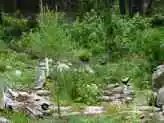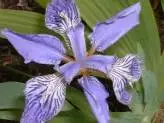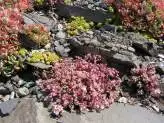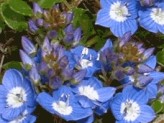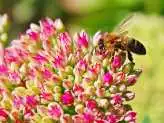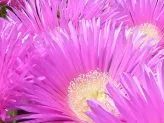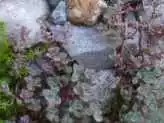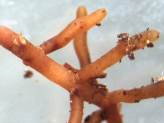Fragile and Tough Wildflowers of British Columbia
In complete contradiction of their fragile appearance, many native hardy orchids of Southern British Columbia thrive in poor dry soil in either the shade of Douglas fir or pine trees or in full sun on gravel screes.
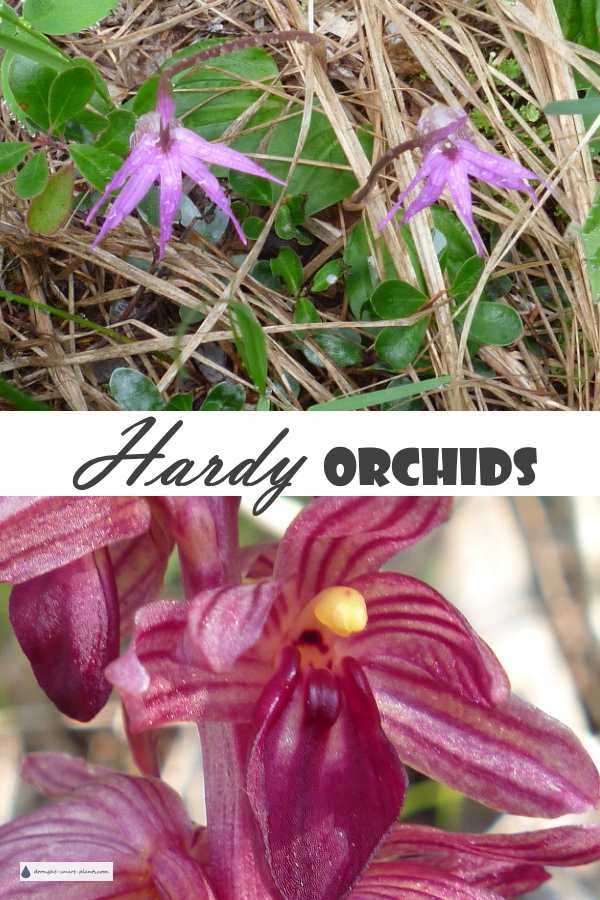
Others prefer the thickly mulched ground under deciduous trees and a much moister environment.
Variable in their preferred growing conditions, there is an orchid for every niche just as for many other wildflowers.
It’s hard to believe from the delicate flowers of the pink Calypso bulbosum or fairy slipper orchid or the bronze and white Cypripedium montanum or mountain lady slipper orchid the plants themselves are as hardy as they are beautiful.
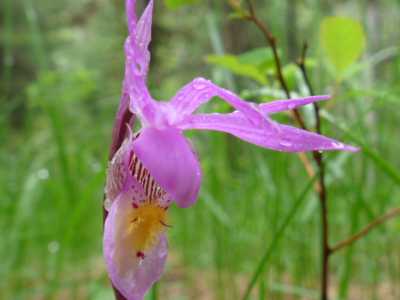
Corallorhiza maculata, or Coralroot, is an orchid but is actually saprophytic; growing without leaves it has no ability to photosynthesize, and so obtains its nutrients from decaying organic material.
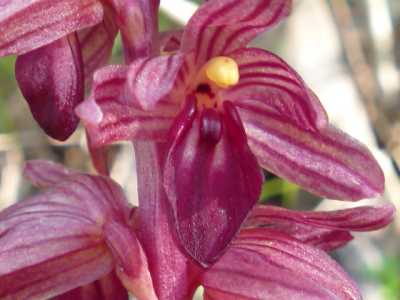
The flowers of hardy orchids, once fully unfurled, remain in pristine condition for weeks, only finally withering and the foliage disappearing back into the soil for summer dormancy after being pollinated by insects.
With luck, the seed pods will remain to disperse their seeds over the winter and some seedlings will appear in time. These are not a rapidly colonizing type of plant – seldom do you ever see more than two or three of them in one place.
As with many other ephemerals, they are extremely sensitive to disturbance; if you’re lucky enough to have these gorgeous and rare flowers in your area try and discreetly mark their location so as not to accidentally dig them up.
Don’t pick the flowers either, as this will damage the bulb and probably kill the plant, and I don’t need to tell you that digging a hardy orchid to try and transplant it to your garden is a futile endeavor – they rarely survive as they have a symbiotic relationship with certain mycorrhizae in the soil. Having said that, if you come across one in danger of being paved over do try and save it.
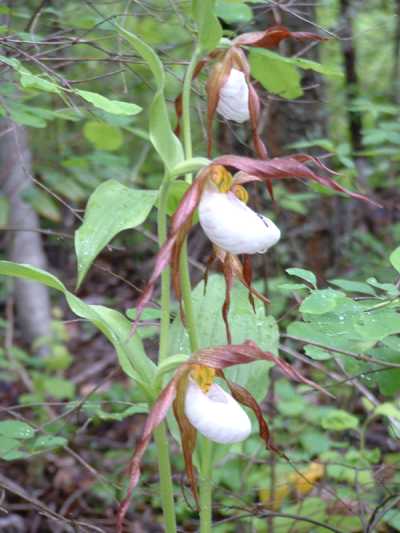
Incredibly, as they are not successful dug up from the wild, or even garden grown, they have been grown extensively from tissue culture, and also from seed. The price reflects the difficulty in growing them, being around the $80 mark for a three to four year old nursery propagated plant.
Finding a hardy orchid growing in its natural environment is a thrill, and re-visiting the site every year near bloom time can be an annual event. Make sure you photograph the fleeting beauty of these gorgeous flowers.

